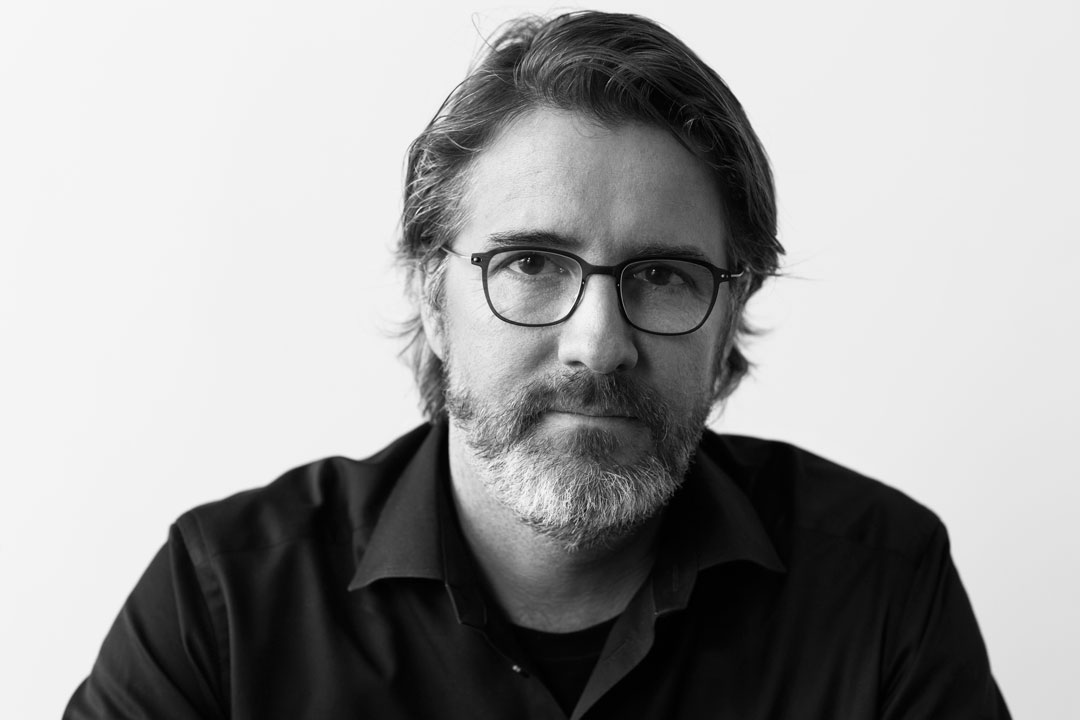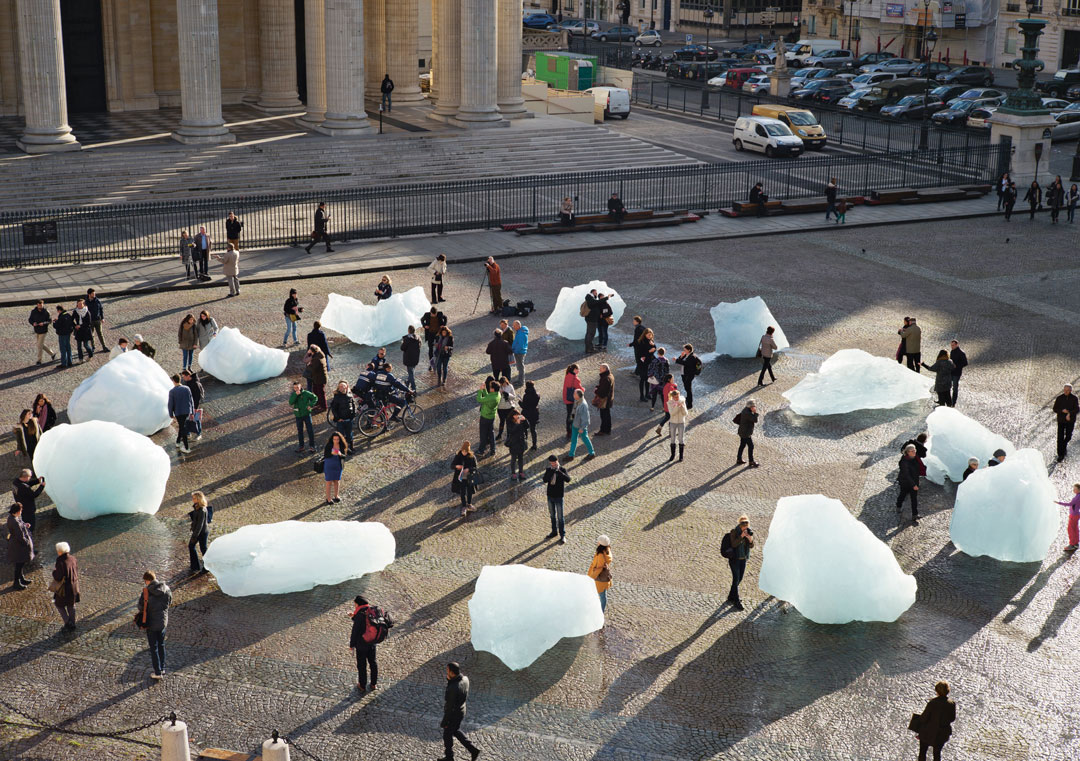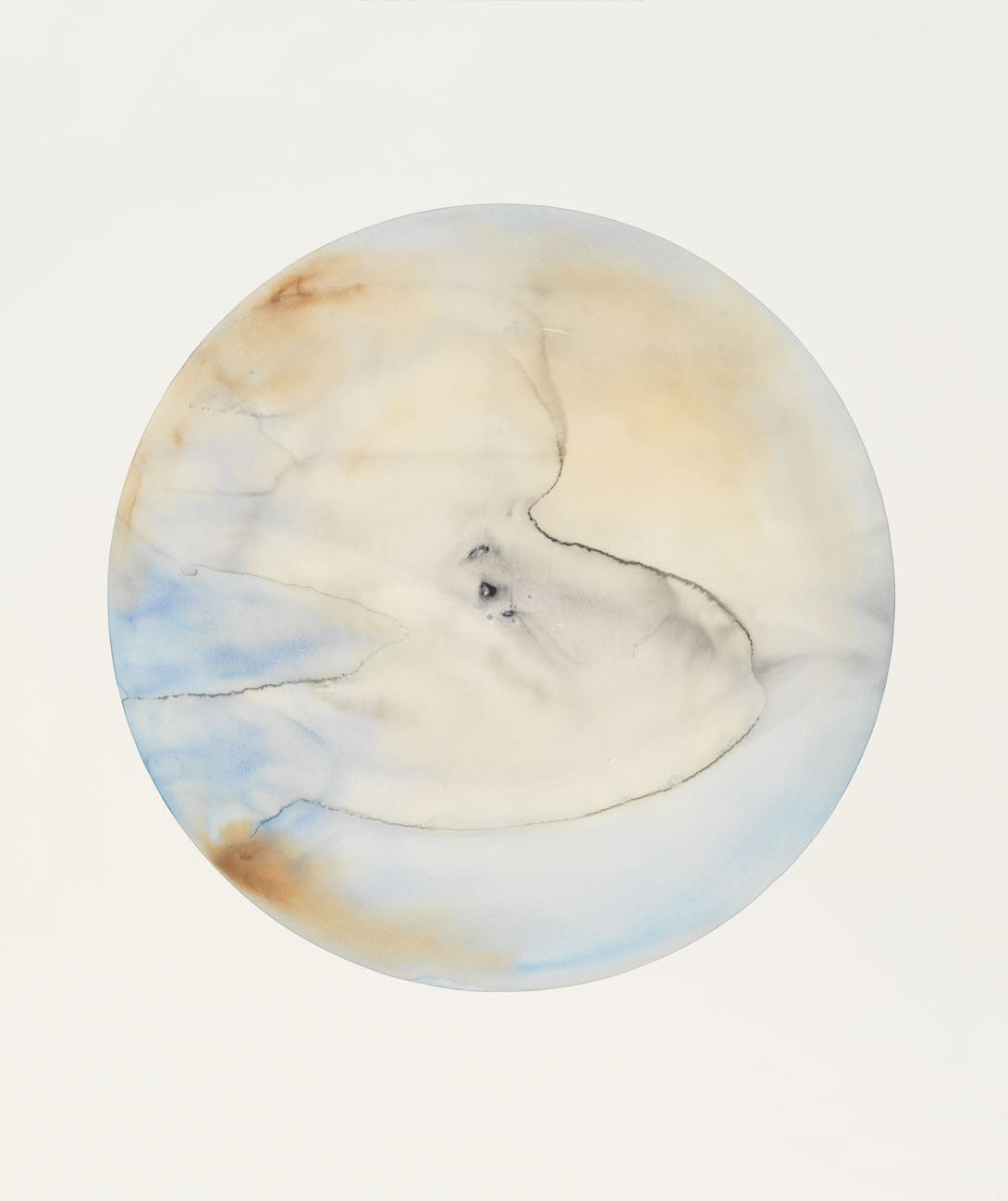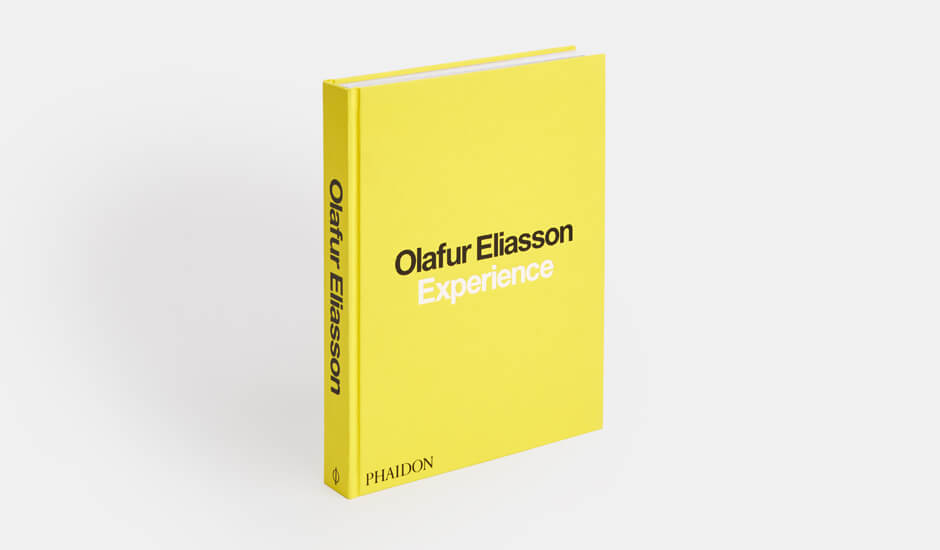
‘Nature has become fragile’ - Olafur Eliasson on melting glaciers and his Experience of a changing climate
Olafur Eliasson was born in Denmark to Icelandic parents, and, when his mum and dad separated, he spent the school year with his mother in Copenhagen and the holidays with his father, in Iceland.
Olafur’s dad was also an artist, and the boy spent quite a bit of time with his father in the wilds of Iceland, drawing the landscape. Initially that world of rock and ice seemed static, but as he grew older, he realized that mankind was changing those surroundings.
“I used to think of nature being larger than me,” he tells his friend and collaborator Anna Engberg-Pedersen in our new book, Olafur Eliasson Experience. “ It seemed independent of me, but also caring. But today nature has become fragile. The glaciers that I knew as a child are disappearing. We are now living in the Anthropocene, a geological era characterized by the effects of human activity on earth.”

Shared experiences are a crucial element within Eliasson’s art, and that’s doubly true in his environmentally themed works. In a multitude of ways over the years, he has let us see, feel, and experience the melting landscape he has known and loved.
In his 1999 Glacier Series of photographs, Eliasson charted the changes in the Icelandic landscape.
In 2014, he took 12 large blocks of ice from the Greenland ice sheet to a square in Copenhagen, to coincide with UN IPCC’s Fifth Assessment Report on Climate Change.
The following year he reprised the work, placing the blocks in the Place du Panthéon in Paris, to coincide with the 2015 UN climate change conference, enabling Parisians to see, touch and embrace the very ice that is shrinking away, thousands of miles further north.
In 2016, he worked with smaller chunks of glacial ice, melting them on top of paper and adding ink to create a series of abstract watercolour works.

In this way, Eliasson shares his personal experience of climate change with a far wider audience. However, unlike the simple pleasures of a manmade sunset or an artificial rainbow, this experience comes with a message.
“It has become apparent that the consequences of our ways of living are destabilizing the climate,” he says, “and I have become aware of the responsibility I have towards the earth – the responsibility we all have.” In sharing that experience, Eliasson also shares that responsibility.

For more on Eliasson's experiential art order a copy of Olafur Eliasson Experience here. And to see Olafur Eliasson talk at the Southbank Centre's Queen Elizabeth Hall in London on October 26 go here.